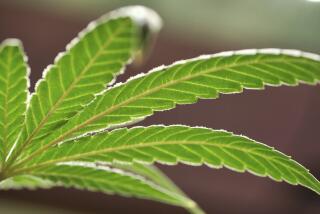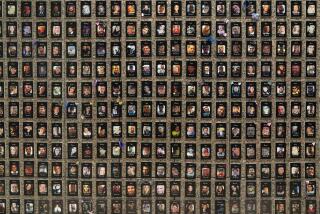Far from U.S. epidemic, ‘the other opioid crisis’ rages in vulnerable countries
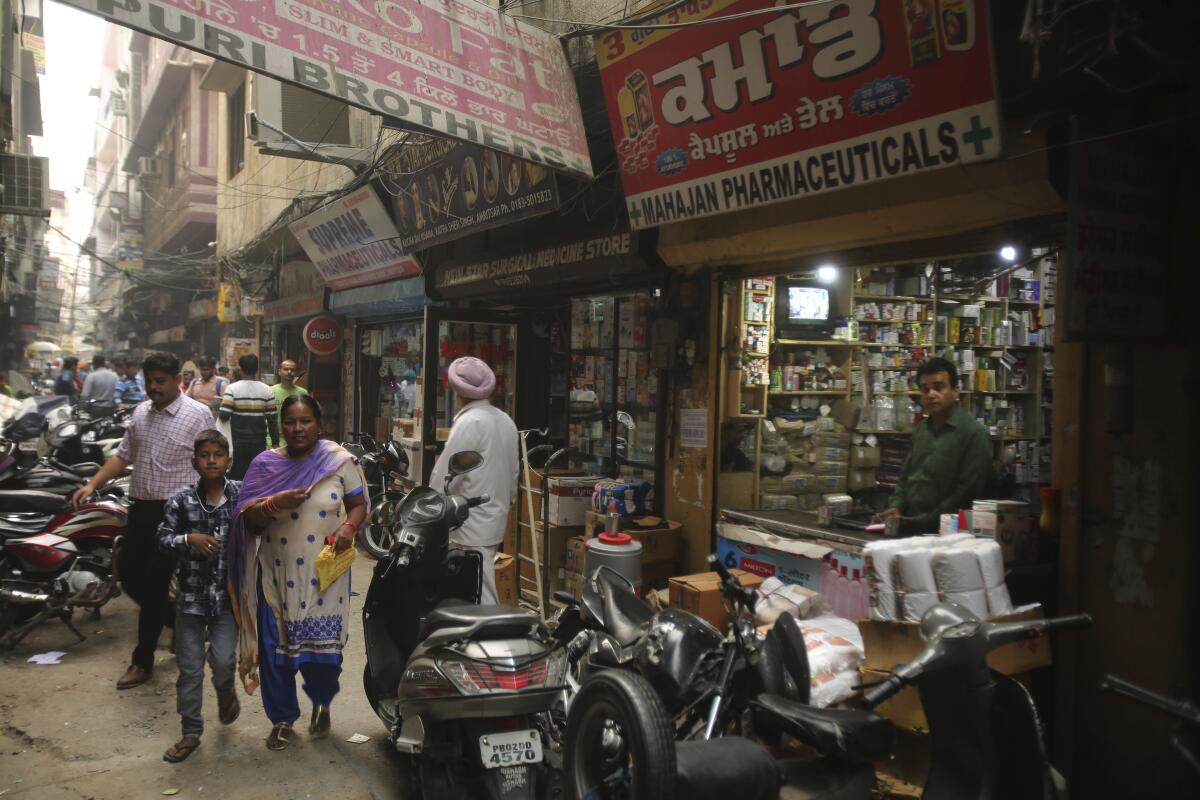
- Share via
KAPURTHALA, India — Reports rolled in with escalating urgency — pills seized by the truckload, pills swallowed by schoolchildren, pills in the pockets of dead terrorists.
These pills, the world has been told, are safer than the OxyContins, the Vicodins, the fentanyls that have wreaked so much devastation. But now they are the root of what the United Nations named “the other opioid crisis” — an epidemic featured in fewer headlines than the American one, as it rages through the planet’s most vulnerable countries.
Mass abuse of the opioid tramadol spans continents, from India to Africa to the Middle East, creating international havoc some experts blame on a loophole in narcotics regulation and a miscalculation of the drug’s danger. The man-made opioid was touted as a way to relieve pain with little risk of abuse. Unlike other opioids, tramadol flowed freely around the world, unburdened by international controls that track most dangerous drugs.
But abuse is now so rampant that some countries are asking international authorities to intervene.
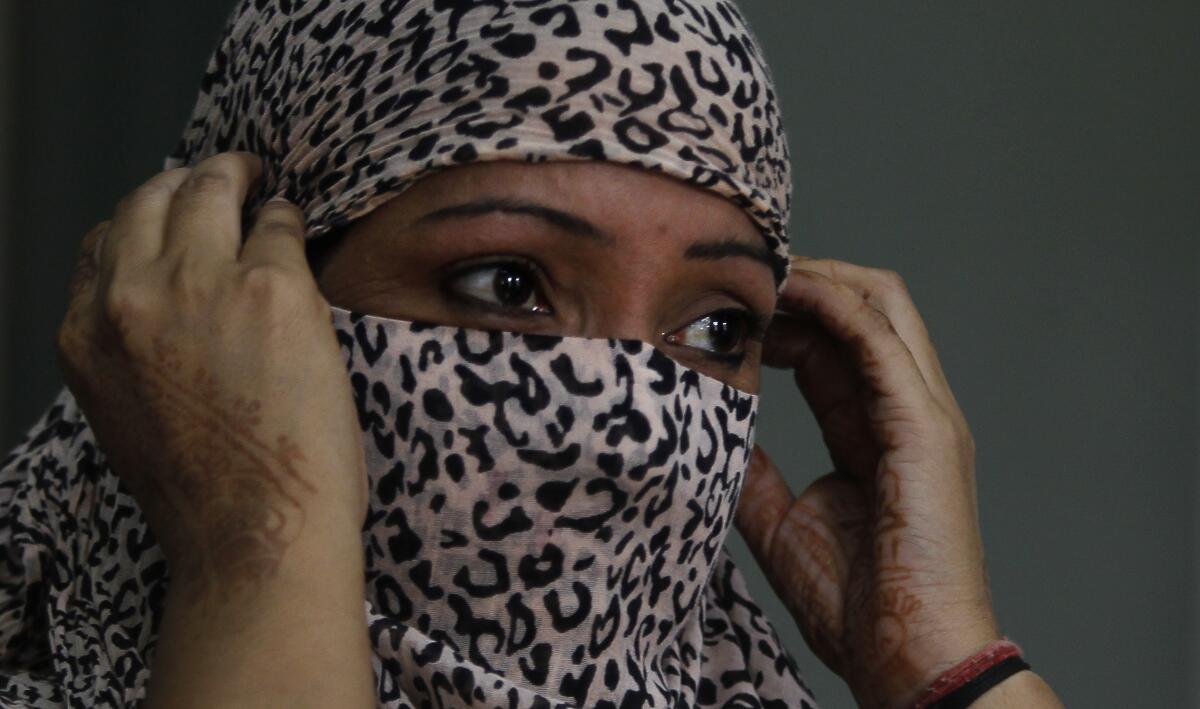
Grunenthal, the German company that originally made the drug, is campaigning for the status quo, arguing that it’s largely illicit counterfeit pills causing problems. International regulations make narcotics difficult to get in countries with disorganized health systems, the company says, and adding tramadol to the list would deprive suffering patients access to any opioid at all.
“This is a huge public health dilemma,” said Dr. Gilles Forte, the secretary of the World Health Organization’s committee that recommends how drugs should be regulated. Tramadol is available in war zones and impoverished nations because it is unregulated. But it is widely abused for the same exact reason. “It’s a really very complicated balance to strike.”
Tramadol has not been as deadly as other opioids, and the crisis isn’t killing with the ferocity of America’s struggle with the drugs. Still, individual governments from the U.S. to Egypt to Ukraine have realized the drug’s dangers are greater than was believed and have worked to rein in the tramadol trade. The north Indian state of Punjab, the center of India’s opioid epidemic, was the latest to crack down. The pills were everywhere, as legitimate medication sold in pharmacies, but also illicit counterfeits hawked by street vendors.
This year, authorities seized hundreds of thousands of tablets, banned most pharmacy sales and shut down pill factories, pushing the price from 35 cents for a 10-pack to $14. The government opened a network of treatment centers, fearing that those who had become opioid-addicted would resort to heroin out of desperation. Hordes of people rushed in, seeking help in managing excruciating withdrawal.
For some, tramadol had become as essential as food.
“Like if you don’t eat, you start to feel hungry. Similar is the case with not taking it,” said auto shop welder Deepak Arora, a gaunt 30-year-old who took 15 tablets day, so much he had to steal from his family to pay for pills. “You are like a dead person.”
Jeffery Bawa, an officer with the United Nations Office on Drugs and Crime, realized what was happening in 2016, when he traveled to Mali in western Africa, one of the world’s poorest countries, gripped by civil war and terrorism. They asked people for their most pressing concerns. Most did not say hunger or violence. They said tramadol.
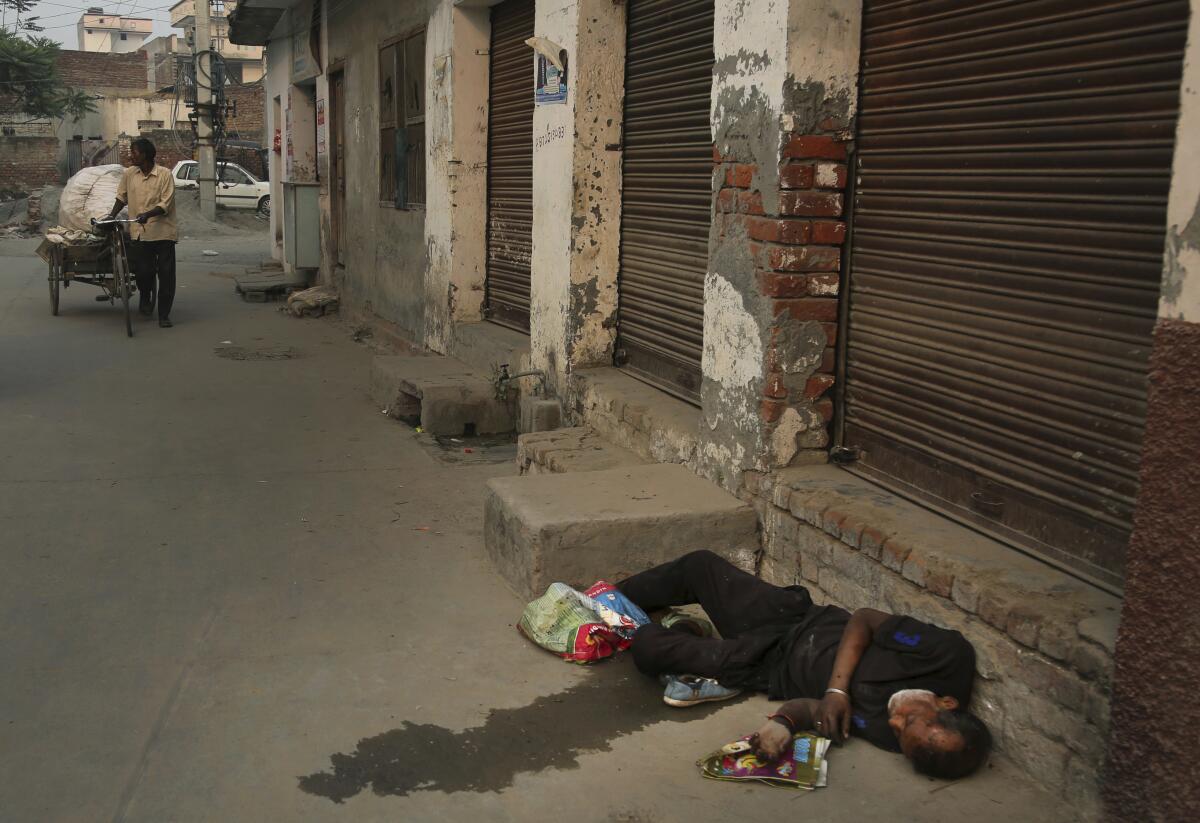
One woman said children stumble down the streets, high on the opioid; parents add it to tea to dull the ache of hunger. Nigerian officials said at a United Nations meeting on tramadol trafficking that the number of people there living with addiction is now far higher than the number with AIDS or HIV.
Tramadol is so pervasive in Cameroon that scientists a few years ago believed they’d discovered a natural version in tree roots. But it was not natural at all: Farmers bought pills and fed them to their cattle to ward off the effects of debilitating heat. Their waste contaminated the soil, and the chemical seeped into the trees.
Police began finding pills on terrorists, who traffic it to fund their networks and take it to bolster their capacity for violence, Bawa said.
Most of it was coming from India. The country’s sprawling pharmaceutical industry is fueled by cheap generics. Pill factories produce knock-offs and ship them in bulk around the world, in doses far exceeding medical limits.
In 2017, law enforcement reported that $75 million worth of tramadol from India was confiscated en route to the Islamic State militant group. Authorities intercepted 600,000 tablets headed for Boko Haram. An additional 3 million were found in a pickup truck in Niger, in boxes disguised with U.N. logos. The agency warned that tramadol was playing “a direct role in the destabilization of the region.”
“We cannot let the situation get any further out of control,” that alert read.
Grunenthal maintains that tramadol has a low risk of abuse; most of the pills causing trouble are knock-offs, not legitimate pharmaceuticals, and American surveys have shown lower levels of abuse than other prescription painkillers. The company submitted a report to the WHO in 2014, saying that the abuse evident in “a limited number of countries” should be viewed “in the context of the political and social instabilities in the region.”
But some wealthy countries worried about increasing abuse also have acted to contain the drug.
The United Kingdom and United States both regulated it in 2014. Tramadol was uncontrolled in Denmark until 2017, when journalists asked doctors to review studies submitted to regulators to support the claim that it has a low risk for addiction, said Dr. Karsten Juhl Jorgensen, acting director of the Nordic Cochrane Center and one of the physicians who analyzed the materials. They all agreed that the documents did not prove it’s safer.
“We know that opioids are some of the most addictive drugs on the face of the planet, so the claim that you’ve developed one that’s not addictive, that’s an extraordinary claim, and extraordinary claims require evidence. And it just wasn’t there,” said Jorgensen. “We’ve all been cheated, and people are angry about that.”
Jorgensen compares claims that tramadol is low risk to those made by American companies now facing thousands of lawsuits alleging that misleading campaigns touting the safety of opioids unleashed the U.S. addiction epidemic.
Stefano Berterame, a chief at the International Narcotics Control Board, said there is a critical difference: The crisis is not as deadly as the American one, which began with prescription opioids and transitioned to heroin and fentanyl. Tramadol does not as routinely cause the respiratory depression that leads to overdose death.
But it is mostly afflicting poor nations, where overdose statistics are erratic, he said, so the true toll of tramadol is unknown.
The United Nations established the International Narcotics Control Board in 1961 to spare the world the “serious evil” of addiction. It has since tracked most opioids.
Tramadol’s exemption means authorization isn’t required as the drug moves across borders. Its easy availability also leads to confusion about what tramadol even is, experts say. In many countries, it is thought to be a mood enhancer or treatment for depression and post-traumatic stress. Some take it to improve sexual stamina or endure grueling labor.
Grunenthal synthesized tramadol in the 1960s, as the company was embroiled in scandal over its marketing of the sedative thalidomide, which caused extreme birth defects in thousands of babies whose mothers took it. Tramadol was initially believed to have a low risk of abuse because initial trials studied injected tramadol, the most potent route for most opioids. But researchers later found that tramadol releases a far more powerful dose taken orally because of how it is metabolized by the liver.
Tramadol’s worldwide market quickly expanded in the 1990s. In 2000, the WHO, which assesses medications and recommends scheduling, noted reports of dependence. A committee has reviewed the drug numerous times since, recommended it remain under surveillance but declined to add international regulation.
There is no alternative to tramadol, said Forte, the committee’s secretary. It is the only opioid available in some of the world’s most desperate places; relief organizations rely on it in war zones and natural disasters. It is used extensively not because it is a particularly good medication, he said. The most effective opioid is morphine, but morphine is strictly controlled and countries in crisis fear abuse. Tramadol became the default precisely because it’s uncontrolled.
The WHO is analyzing whether any other drug could take its place but have so far found none. Meanwhile, Forte said, the agency is working with battered nations to ferret out counterfeits.
Legitimate tramadol remains a lucrative business: Market research estimates the global market amounts to around $1.4 billion, according to Grunenthal. The medication long ago lost its patent protection. It is now manufactured by many companies and sold under some 500 brand names. Grunenthal markets it as Tramal as well as Zaldiar, tramadol combined with paracetamol. In 2018, those products brought in $190 million, according to the company’s annual report.
“Our purpose at Grunenthal is to develop and deliver medicines and solutions which address the unmet needs of patients with the goal of improving their quality of life,” the company wrote in a statement that said it acknowledges opioids pose a risk of abuse and addiction. “We do so with the highest ethical standards.”
Grunenthal also sells other opioids and is expanding around the world. The Associated Press this year revealed executives were swept up in an Italian corruption case alleging they illegally paid a doctor to promote the use of opioids.
The company has campaigned to keep tramadol unregulated. It funded surveys that found regulation would impede pain treatment and paid consultants to travel to the WHO to make their case that it’s safer that other opioids.
Spokesman Stepan Kracala said regulation would not necessarily curtail illicit trade and could backfire: Some desperate pain patients turn to the black market if no legal options exist. Egypt’s long struggle with tramadol abuse is an example, he said. The country enacted strict regulation in 2012 and a later survey found some suffering from cancer using counterfeit tramadol for relief.
Schmall and Galofaro write for the Associated Press.
More to Read
Sign up for Essential California
The most important California stories and recommendations in your inbox every morning.
You may occasionally receive promotional content from the Los Angeles Times.

